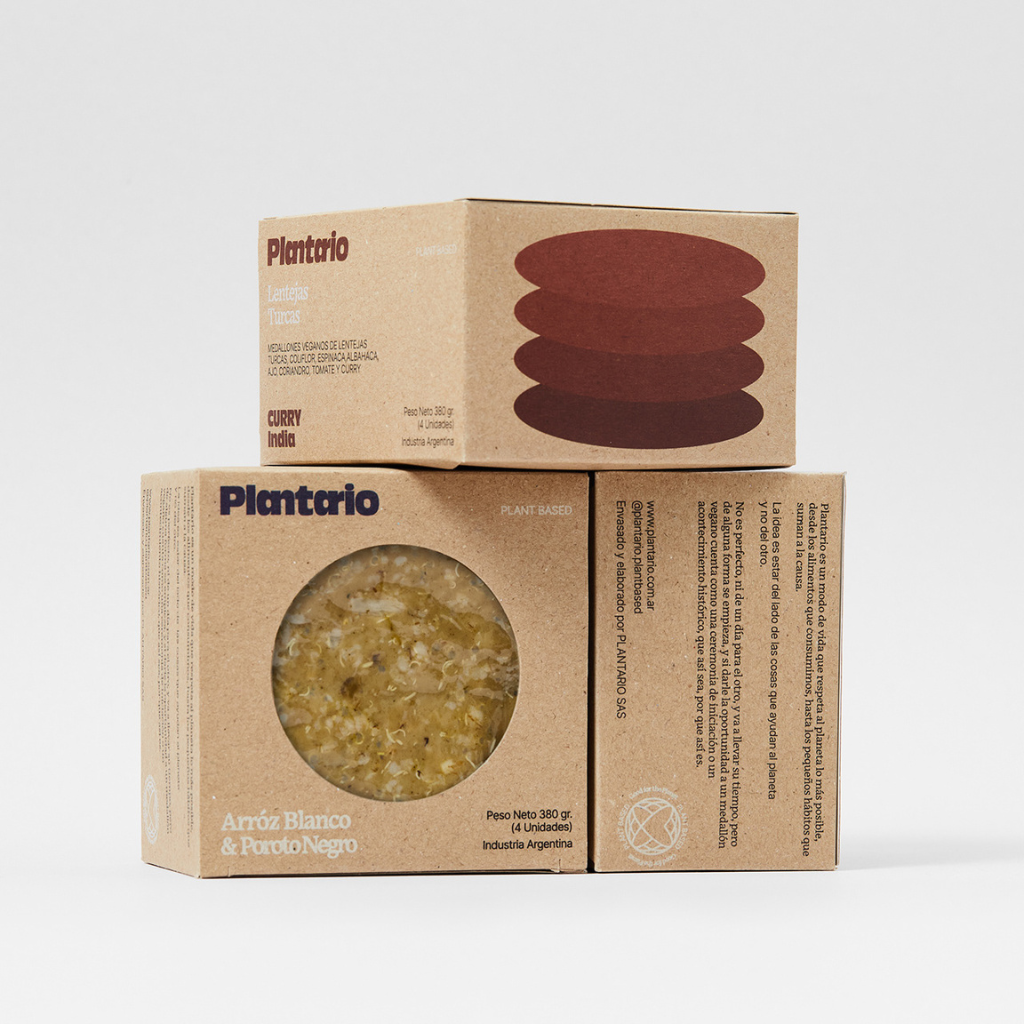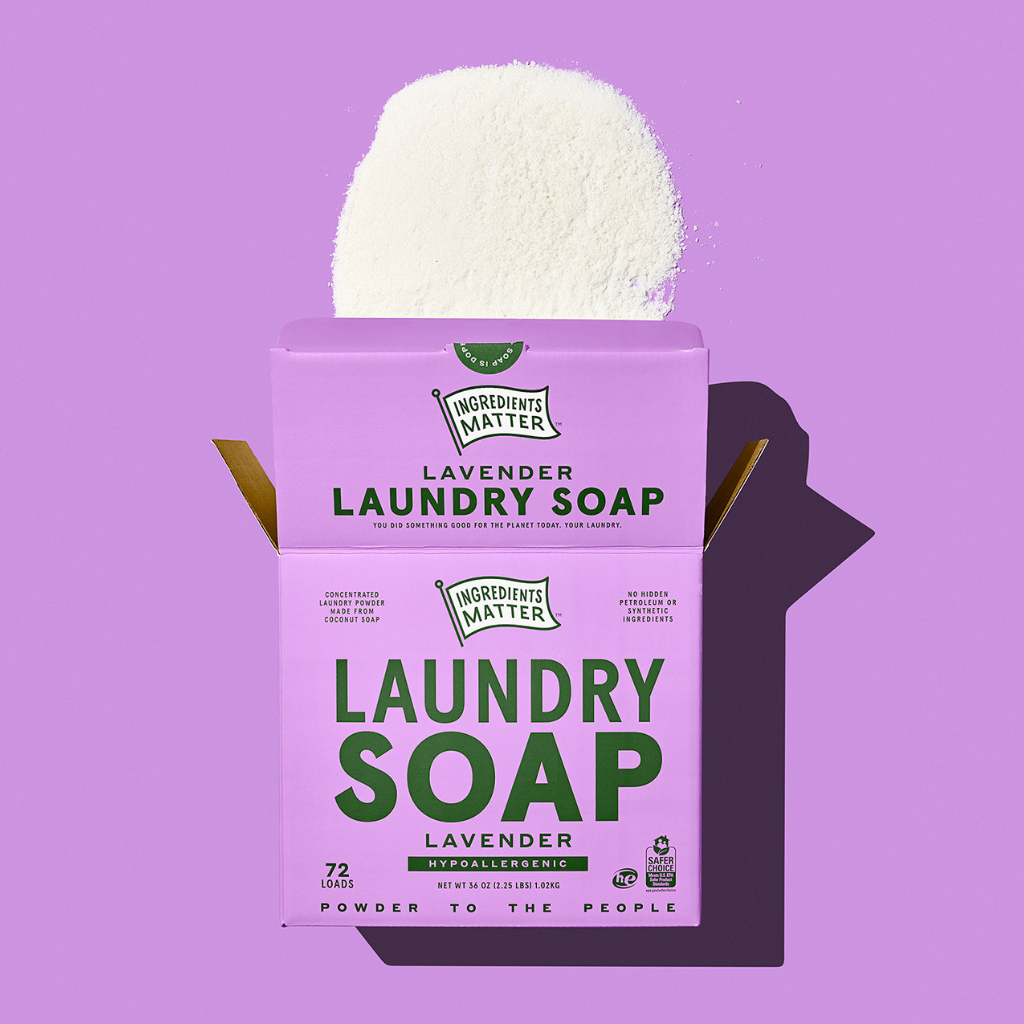Soap Boxes

Soap is a staple in any household, but did you know that the packaging it comes in can have a significant impact on the environment? Traditional soap packaging, often made from plastic, can take hundreds of years to degrade in landfills. That’s why more and more soap companies are turning to sustainable packaging options.
One popular alternative is using cardboard boxes for soap packaging. Cardboard is made from trees, which are a renewable resource, and can be easily recycled or composted after use. Not only is it environmentally friendly, but it also adds a touch of elegance and professionalism to the packaging.
Cardboard soap boxes are also lightweight, making them easy to transport and reducing the carbon footprint of shipping. Additionally, they can be printed with beautiful designs and branding, making them perfect for both personal use and as gifts.
Think,
Create &
Innovate!
Box Preview



Another advantage of using cardboard boxes is the ability to make them customizable, this can be done by using various printing methods, from simple text to full-color graphics, it can be made to match with your brand, making it an effective marketing tool to help your business stand out.
At The Box Valley, we understand the importance of sustainable packaging for both your business and the environment. That’s why we offer a wide range of eco-friendly packaging options, including cardboard soap boxes. Our team of experts can work with you to design and produce custom packaging that meets your specific needs and helps your business thrive.
In summary, cardboard boxes are an eco-friendly and stylish alternative to traditional soap packaging. Not only they are easy to recycle and compost, but it also offers customization and marketing opportunities. If you’re looking to switch to sustainable packaging for your soap business, consider using cardboard boxes from The Box Valley.
#SoapPackaging #EcoFriendlyPackaging #SustainablePackaging #CardboardBoxes #CustomPackaging

Things you need to know!
One popular option for homemade soap packaging is using paper-based materials such as cardboard or paperboard. These materials are renewable, biodegradable, and easily recyclable, making them a great choice for those who want to create an eco-friendly product. They also offer a wide range of customization options, such as printing designs and branding, which can help to make the product stand out on store shelves.
Another option for homemade soap packaging is using glass containers. Glass is a durable material that can protect the soap from light and air, which can help to extend its shelf life. They also offer a classic, upscale look that can appeal to customers who are looking for a more premium product.
Another option is using bioplastics, these are made from plant-based materials, such as corn starch, and are biodegradable, compostable, and can be recycled. They are an alternative to traditional plastic packaging and can be used to make bags, bottles, and other types of packaging.
Whatever packaging option you choose, it’s important to ensure that it is easy to use and visually appealing, and that it aligns with the overall branding and messaging of your product. Consider your target market and what they value, eco-friendly, premium or cost-effective options might be the best choice for your customers.
In conclusion, there are many options!
The first step in storing homemade soap is to ensure it is completely dry before placing it in storage. Allowing soap to dry completely before storing it can help prevent mold and mildew from developing. It’s recommended to let your soaps cure for 4-6 weeks before using, this will make them harder and last longer.
Once your soap is dry, it’s important to store it in a cool, dry place away from direct sunlight and heat. Exposure to heat and light can cause the soap to soften and lose its fragrance over time. A cool and dry place, like a pantry or linen closet, is ideal for storing your soaps.
Another important factor to consider when storing homemade soaps is the packaging. Paper-based materials like cardboard or paperboard and Glass are both good options as they are breathable and can protect the soap from light and air. Avoid storing your soaps in plastic bags or containers, as they trap moisture and can cause the soap to become soft and lose its fragrance. Instead, tuck box packaging is the best alternate for storing homemade soaps owing to its compatibility with the room temperature.
Consider labeling your soaps with the date and ingredients, this will help you to keep track of how long the soap has been stored and will also be useful information for your customers.
In summary, proper storage of homemade soap is essential to maintaining its quality and prolonging its shelf life. This includes allowing the soap to dry completely before storing, storing in a cool and dry place, using the right packaging and labeling your soaps with date and ingredients. By following these guidelines, you can ensure that your homemade soaps are fresh and ready to use for a long time.
When it comes to packaging, there are a variety of options to choose from, such as paper-based materials like cardboard or paperboard, glass containers, and bioplastics. It’s important to choose packaging that is not only attractive but also functional, providing protection and keeping the soap fresh. When choosing packaging, consider the weight and size of the soap, and the materials that best suit your soap.
Labeling is also an important aspect of packaging soaps. The label should include important information such as the name of the soap, ingredients, weight, and any relevant certifications. It’s also a good idea to include a usage or care instructions, contact information and a company logo if you have one.
When designing the label, make sure to use high-quality images and graphics, and choose a font and color scheme that aligns with your branding. The label should be easy to read and provide all the necessary information.
Consider also adding a warning label if your soap contains ingredients that can cause allergies or irritations.
In addition, consider adding a barcode to your label, this can be helpful for inventory management and can make it easier for customers to find your product online.
In conclusion, packaging and labeling homemade soaps is an important step in creating a professional and attractive product that appeals to customers. The packaging and labeling should provide protection, promote the product and brand, and provide all the necessary information. By choosing the right packaging, labeling, and designs, you can ensure that your soaps are easy to use and appealing to customers.
Place your order today 🎉
Please contact us in case of any queries
